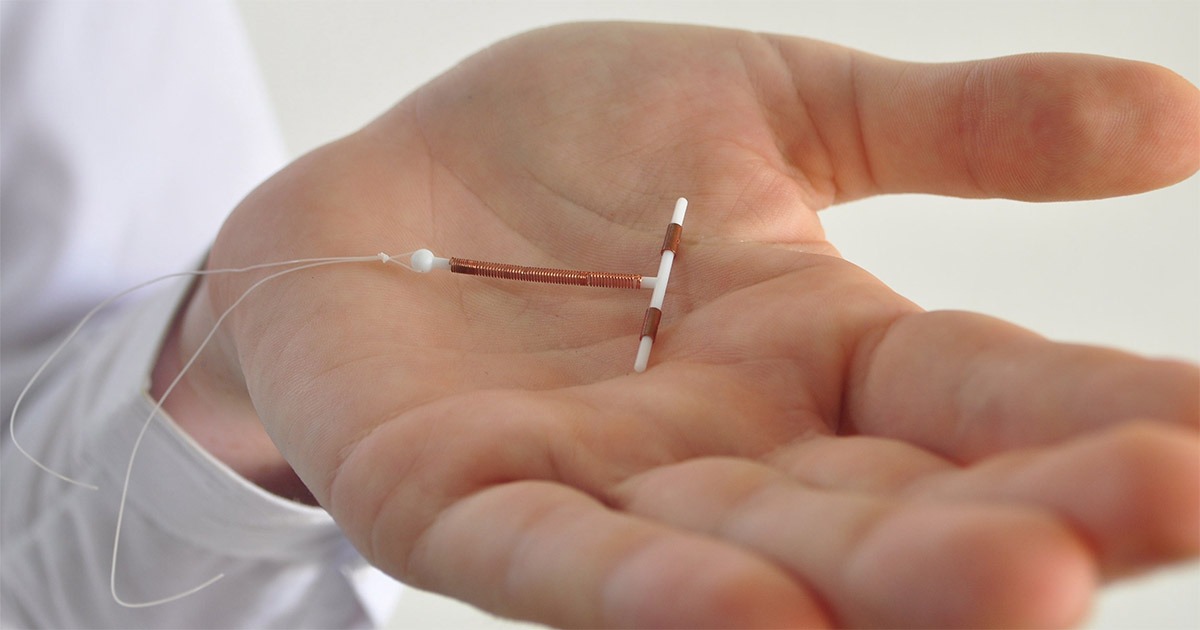Home » What You Need to Know About Potential ParaGard IUD Complications
What You Need to Know About Potential ParaGard IUD Complications

If you or a loved one had the ParaGard IUD (intrauterine device) implanted as a birth control option, you may have heard about some of the potential side effects. The T-shaped device may break during removal, for instance, which can cause injuries.
A recent study also found a potential connection between copper intrauterine devices like ParaGard and pelvic inflammatory disease.
Study Shows Copper IUDs Like ParaGard May Increase Risk of PID
Pelvic inflammatory disease (PID) is caused by an infection in a woman’s reproductive organs, such as the uterus, fallopian tubes, or ovaries. It most often occurs as the result of sexually transmitted bacteria spread from the vagina to these organs, but researchers have now found evidence that IUDs may increase the risk as well. For this latest study, scientists examined medical data from 974 patients treated with PID between 2017 and 2019. Results showed that copper-IUD devices (like the ParaGard) were the most commonly used form of birth control among women with a history of PID. E. coli was the most frequent type of bacteria causing infection in patients using these devices. The scientists concluded that contraceptive methods could affect the genital flora (the natural bacterial balance) thus increasing the risk for the development of PID.Women Injured by the ParaGard Filing Lawsuits
The ParaGard IUD is a hormone-free, plastic, T-shaped device with copper wire coiled around it. The copper produces an inflammatory reaction in the uterus, which is toxic to sperm and egg. While in place, it helps prevent pregnancy. The U.S. Food and Drug Administration (FDA) first approved ParaGard in 1984. Since then, the agency has granted additional approvals for extended use of the device. Today, the ParaGard is approved for up to 10 years of consistent use. ParaGard manufacturers are currently defending about 55 lawsuits filed around the country by plaintiffs who claim to have suffered injuries from the device. Since 2010, the FDA has received over 1,600 reports of ParaGard breakage while they were implanted, with over 700 classified as serious events. Before 2019, however, the manufacturers failed to take any meaningful action to warn patients or doctors about the risks. If the ParaGard breaks while still inside the uterus, it can cause other complications, including perforation of the uterine wall. It may become embedded into the uterus, making it more difficult to remove or it may migrate to other parts of the body and become embedded in other organs or tissues. In 2015, independent researchers published a report outlining cases at a Chicago, Illinois medical center where the ParaGard broke or fractured during removal procedures. Between 2012 and 2014, seven women suffered complications during removal, including breakage and embedment. At least six out of the seven had to go through a hysteroscopic removal of the device.Best to Be Aware of Potential ParaGard IUD Complications
If you’re concerned about your ParaGard device, check with your doctor. If you suffer from issues during device removal, talk to your ParaGard attorney about possibly recovering damages in a ParaGard IUD lawsuit.
Free Case Review
OVER $1 BILLION RECOVERED
By Our Attorneys
Recent Posts
- Living Safer: Comprehensive Financial Wellness: Strategies for Long-Term Security and Peace of Mind
- Chaffin Luhana Promotes Two Attorneys to Partner, Strengthening Advocacy for Injury Survivors
- Chaffin Luhana Commemorates 15 Years of Doing Good by Doing Right™
- Chaffin Luhana’s Thanksgiving Tradition Continues with Community Turkey Giveaways
- Chaffin Luhana LLP Honored as 2024 CrispX Firm of the Year
